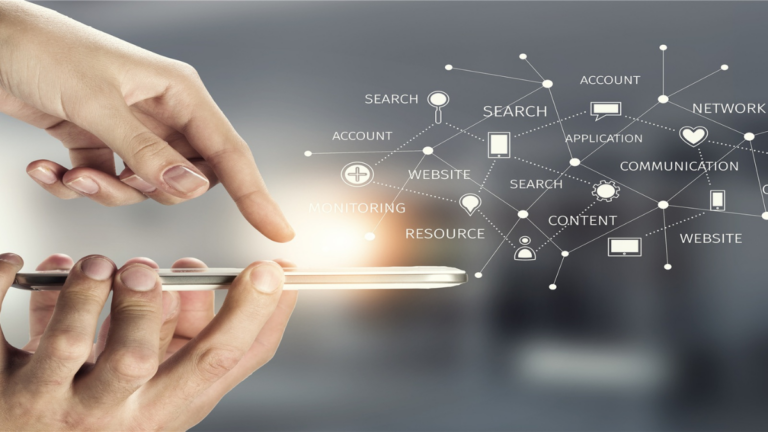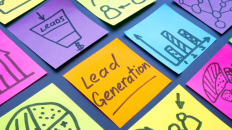The field of education has been subject to a sizable amount of change. This is a direct result of the proliferation of digital technologies in our age. The data collected from students is quickly becoming one of the most valuable assets in this digital age.
The term “student data” refers to the information that is collected about students. This information might include numerous aspects of a student’s academic journey. As well as their activities and interactions within an educational setting.
When collected and evaluated in a responsible manner, this data has the potential to generate significant insights. These may be used to improve educational experiences, teaching methods, and promote the academic performance of students.
In this post, we’ll discuss what student data is, why it’s important, and the ethical ways to gather and use this information in the classroom setting.
What does “Student Data” stand for?
The term “student data” refers to a wide variety of information that pertains to the educational experiences of students and includes. However, it is not limited to the following:
Information that can be used to identify an individual, such as a name, location, or other identifying feature, as well as demographic information.
The academic performance area includes things like grades and test scores as well as attendance records and academic accomplishments.
Information regarding student behavior, including disciplinary records and engagement in extracurricular activities, is referred to as behavioral data.
Health and Well-Being: A student’s medical history, any allergies they may have, as well as data on their mental well-being, to ensure a secure and encouraging learning environment.
Data collected from the interactions of students with various educational technology platforms. Such as online learning management systems and digital assignments. Also known as “technology interaction” data.
Why is it Important to Collect Data on Students?
individualized Learning- The use of student data by educators enables them to cater instruction to the specific requirements of individual students. This results in individualized learning experiences for those students.
Early Intervention:
Educators are able to provide the necessary help to kids who are having difficulty. This is because they can intervene early and recognize patterns and trends in the academic performance and conduct of pupils.
Did you know, you could easily collect, analyse and convert data with Exly’s tracking and converting features?
Try A Demo Session Now!
Research in Education:
The contribution that aggregated and anonymised student data makes to educational research makes it possible for educational institutions to improve their teaching methods and the design of their curricula.
School Improvement Schools and other educational institutions can use student data. They can do so to determine areas of the school that need improvement, effectively allocate resources, and improve the overall performance of the school as a whole.
Transparency and informed consent
It is important to inform students, parents, and guardians about the different kinds of data that are gathered and the reasons why they are used.
Before collecting any personal or sensitive information from someone, obtain their informed consent first. This will ensure that individuals are aware of how their data will be used.
Reduce the amount of data:
Only collect the data that is absolutely necessary to accomplish the goals that have been set.
In order to maintain the students’ sense of privacy, try to avoid collecting information that is unnecessary or excessive.
Safety of Information:
Put in place stringent security measures to prevent unauthorized access, data breaches, or inappropriate use of student information.
Maintaining compliance with applicable data protection laws and regulations, as well as regularly updating security processes, is essential.
Aggregation and Anonymization of Data:
Student data should be aggregated and anonymized as much as feasible so that personally identifiable information can be removed.
Data that has been anonymized can still provide useful insights, without compromising the privacy of any individuals.
Collaborating with Parents and Guardians to Achieve the Following:
Involve parents and guardians in the process. Also, make sure to keep them updated on the type of data that is being collected as well as how it will help their child’s educational experience.
Create unobstructed lines of communication. This is in order to resolve any concerns that may arise regarding the acquisition and use of data.
Training for Educators:
Educators and staff members should be provided with training on safe data gathering and utilization procedures.
The ethical norms and legal requirements that are related with student data should be brought to the attention of educators.
Routine inspections and verifications of compliance:
Conduct routine audits of the data collecting and storage procedures. This is in order to guarantee compliance with the laws and ethical standards governing data protection.
Maintain a level of awareness of applicable legislation, and adapt your data acquisition processes accordingly.
Elimination of Data:
Create a policy for how long data is kept, and remove information about students after it is no longer required for the purpose it was collected for.
Make sure that the data is removed completely and securely from all of the databases and backups to avoid any unintentional disclosure.
When student data is collected in a responsible manner and used appropriately, it has the potential to change the education sector by enabling individualized learning, early intervention, and continuous improvement.
It is absolutely necessary for educational institutions, teachers, and companies that provide technology to emphasize ethical data gathering procedures in order to protect the students’ right to privacy and keep their information secure. Educational stakeholders are able to harness the power of student data while protecting the rights and privacy of the students it represents if they adhere to transparent communication, data minimization, rigorous security measures, and continual compliance checks. This is possible because educational stakeholders are able to communicate openly with one another.
Not only does the collecting of responsible data improve educational experiences, but it also builds trust among students, parents, and guardians, which lays the groundwork for an effective and moral educational setting.





